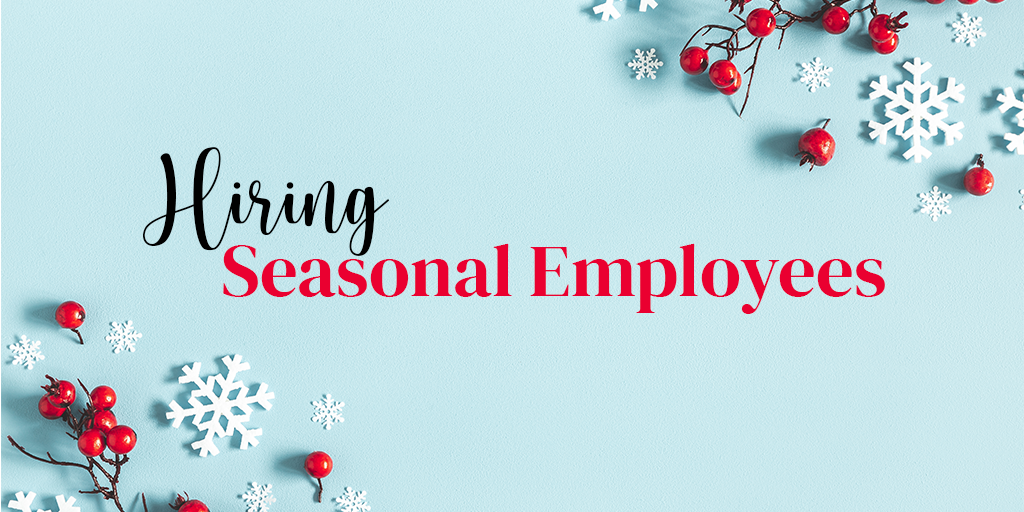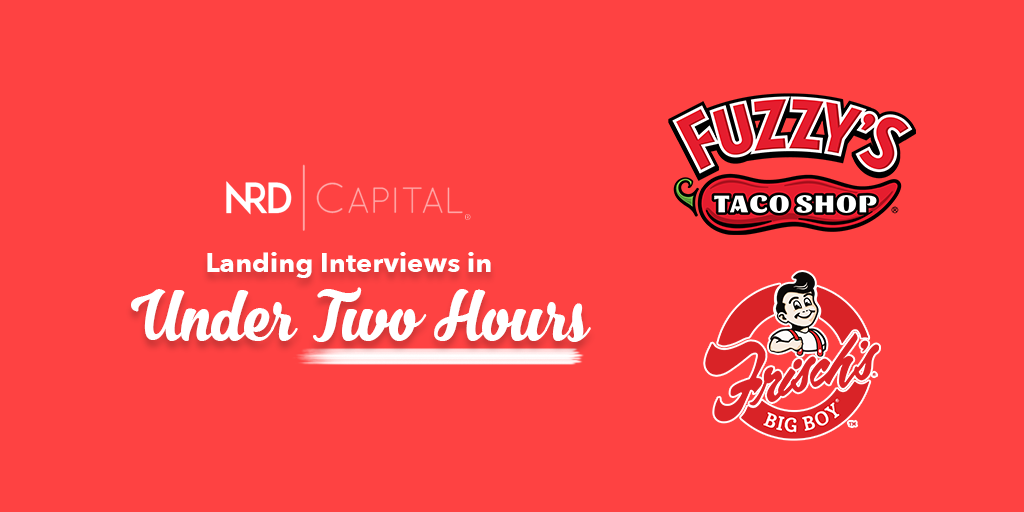Nearly 40% of restaurants say they’re having trouble finding servers, cooks, and other workers—and you’re probably feeling this firsthand, too. Finding and retaining good employees for your restaurant is hard.
Far too often, by the time a hiring manager responds to an applicant’s initial inquiry, the applicant has already accepted a job at another local restaurant. When a GM is able to secure an interview, the risk of no-shows remains high. In fact, the rate of no-shows is increasing at an alarming rate and taking up valuable time on the GM’s calendar—time that could have been spent optimizing the restaurant’s operation.
Complicating matters even more, the current labor shortage is creating a scenario where great employees are now working overtime to cover shifts, which leads to burnout and ultimately more turnover. The hiring crisis has shattered hiring norms that have long been held. We can’t keep doing things the way we’ve always done them because things are not how they’ve always been. Expectations no longer match reality.
If you’re holding on to outdated hiring beliefs and practices, it’s time to find your new path forward.
1. Employees Leave Because They Can’t Handle the Pressure
The QSR industry has been experiencing high turnover rates for years. The work is hard: peak periods can be chaotic, disgruntled customers can be overwhelming, being on your feet all day is physically exhausting. It’s easy to write off an exiting employee as someone who couldn’t handle the pressure. Many restaurants manage through this turnover by keeping a constant hiring motion in place. Finding another employee would be relatively easy. (Another outdated belief.)
In the current labor climate with massive staffing shortages, conditions are getting harder. Long-time employees are being asked to work more overtime than ever. The increased workload and schedule disruptions are leading them directly to burnout—and feeling underappreciated.
Today, to adapt and really address the core issue, more and more restaurants are offering retention bonuses and stipends. Why? To show employees they recognize their hard work by putting their money where their mouth is. For example, Greene Turtle CEO Geovannie Concepcion created a stipend program where short-staffed managers get compensated for extra work when employees don’t show up or the crew is short. The sports bar and grill chain also offers retention bonuses for each employee tier in an effort to retain top talent.
Employees can handle the pressure, and they also want to be seen, heard, and appreciated.
2. Posting Your Job Opening on Every Job Board is Critical
Well, this isn’t a bad or outdated practice. After all, you want to reach as many potential candidates as possible. What’s outdated here is how you do it.
Today, too many hiring managers are still copying and pasting their job posts onto multiple job boards manually. Then they have to check all of these job boards continuously and respond separately on each board. But, the days of working in each job board are over—and the days of getting more time back on your schedule are here.
QSRs at the top of their hiring game have moved on to a centralized job posting platform. With a single click, a job posting is listed across thousands (yes, thousands!) of job boards, including Monster, Google, and Facebook. From this same platform, hiring managers can also see how the applicant is moving through the hiring process.
3. Texting Employees is Unprofessional
Many QSR owners and GMs are still relying on traditional communication methods (like phone calls) to screen applicants and schedule interviews. Many probably do this because it feels more formal, more professional. The problem with it is that today’s workforce—the younger generation—prefers texting or social media, even when it comes to connecting with a potential future employer. In fact, CNBC recently reported that the social media app TikTok is now a top place for restaurants to find Generation-Z workers.
If you’re looking to be more competitive in hiring the younger generations of workers, you need to adopt more modern communication methods.
4. Hiring Happens Behind a Desk
We’ve talked about the outdated practice of posting job openings and calling employees, both of which are often done during “office hours.” Let’s face it. GMs today, especially the ones who are stepping up to cover open shifts, aren’t getting their “office work” done in the timeframe they’d like. They’re leading the team, they’re serving customers, they’re keeping the lights on, and the business in the green.
What they need is a way to staff up their teams faster. By using automation technologies, hiring managers across the U.S. are able to automatically screen applicants, schedule interviews, send reminder messages, reschedule if needed—all without lifting a finger. It’s great!
5. Employees Only Care About Hourly Wage
In this highly competitive labor market, many QSR owners are still relying on wages and traditional benefits to entice new employees to join their teams. Benefits such as paid time off, health insurance, and free meals at the restaurant used to be enough to entice workers, but this is no longer the case. Employees want more.
As QSR owners and GMs, you need to get creative with perks beyond paid time off and health insurance. The bar has been raised. For example, Starbucks offers their employees up to $10,000 for adoption assistance. They also provide tuition assistance for their employees to get a bachelor’s degree online from Arizona State University. Any unique benefits and perks you can offer candidates beyond paid time off and health insurance will go a long way towards attracting the most loyal talent.
Your New Path Forward
Traditional hiring and retention practices are now quickly becoming obsolete, but you’re ready to make changes to meet employees where they are. Technology will no doubt play a major role in the future of hiring and so will how we treat our employees. Both are within your control, and how you go about addressing both will set you apart from the competition—and set you up for success.
Interested in ditching paper and pencil methods for hiring and moving toward automation technologies? Schedule a demo with one of our Hiring Specialists today!





